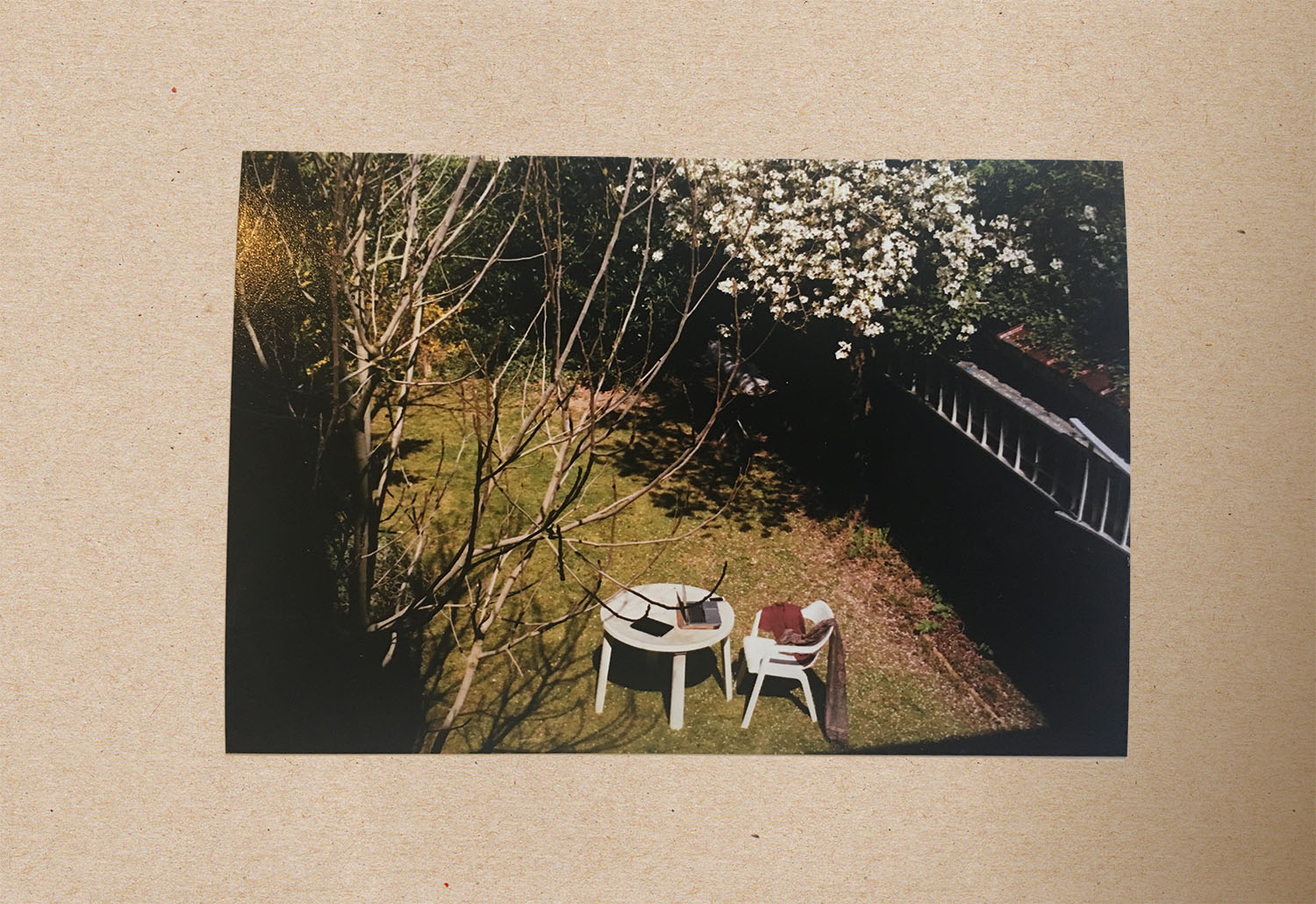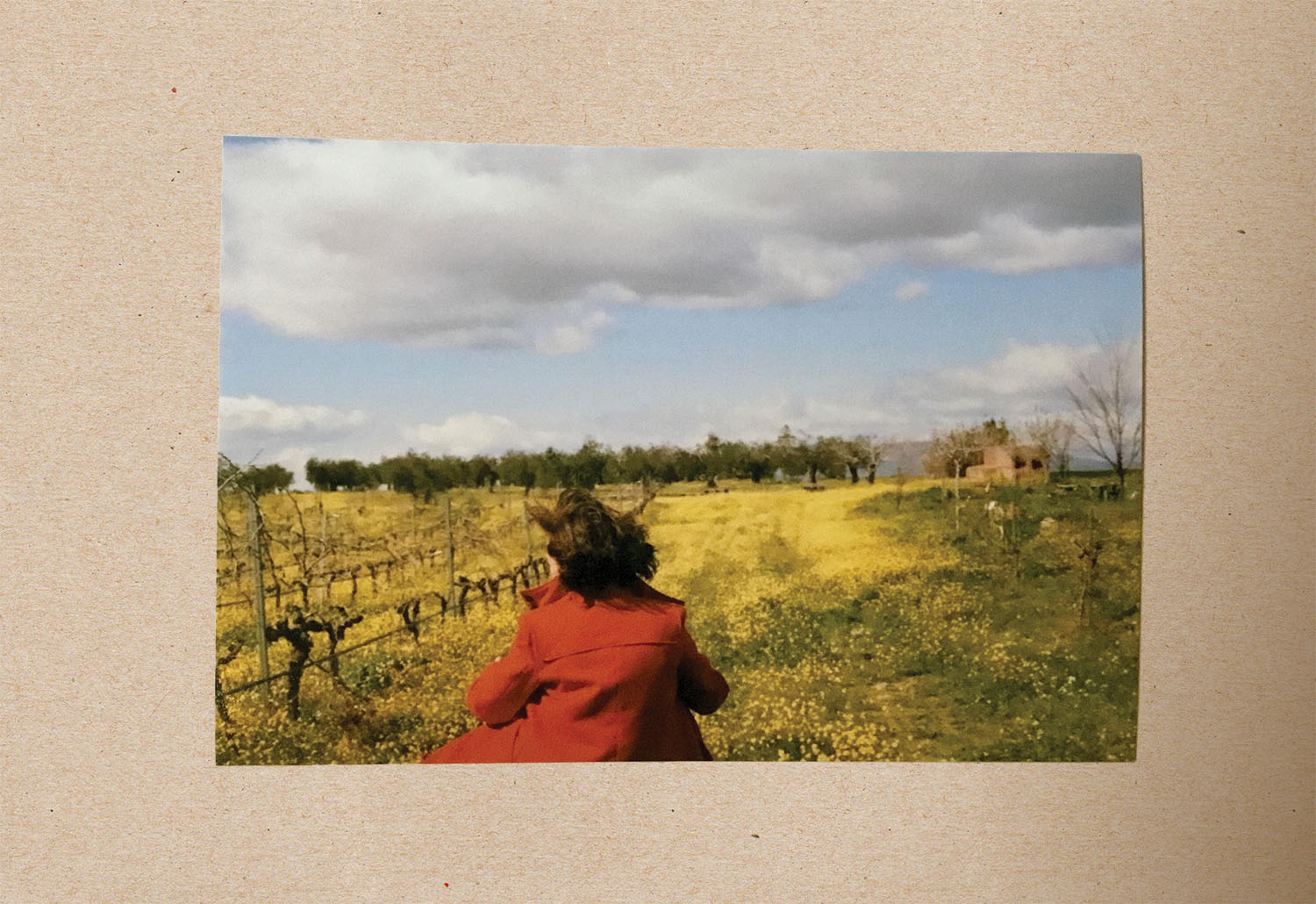1.
My first year in Europe, I moved when the seasons changed. I spent autumn in Castilla-La Mancha, winter in Barcelona, spring at the foot of the Pyrenees. I had moved to Spain to apprentice with winemakers, and I was following the cycle of a grapevine. Late fall, when I arrived, was time for cellar work: bottling, racking, packing, and shipping. In February, when the ground had frozen, we pruned the vines with electric clippers. Springtime was for removing excess leaves from the vine; the sticky summer months were for watering and upkeep. Long-awaited was September, time of vendimia—the harvest.
Have you ever seen a plant like the grapevine? Look how its arms reach upward, as if in supplication. Watch how it grows: slowly at first, then quickly, a rush of green and gold and burgundy. Trace your hands across its gnarled trunk and you will feel the pull of time. Thousands of years ago, the earliest winemakers fermented grape juice in amphoras, or qvevris, clay vessels buried in the ground.
The ancient plant is hardy. It traveled with colonizers across Europe and to South America. Many perished during the phylloxera blight of the 1860s, but some survived. Some survived the bombings of the Spanish Civil War too.
The winemakers I met had an adage: Healthy soil makes healthy grapes. Their vineyards were bountiful. Vines grew alongside olive and almond trees, rose bushes, wild thyme. The earth teemed with bugs. In central Spain, the soil was clay and chalk. In the Pyrenees foothills, the soil was sauló — granite sand — and quartzite slate. Lick the rocks, someone once told me, and you will know the earth. Instead, I slipped a stone in my pocket and carried it wherever I traveled.
2.

With each uprooting, I make my losses into a list, an inventory of what I currently have but cannot keep. This is the rhythm of moving house: accumulation, reduction. What will come along, and what will stay behind. I brought a bundle of olive branches from the Pyrenees farmhouse to my small apartment in Barcelona, but I couldn’t take them to my next place, so I threw them in the trash. Instead, I brought two bottles of wine from the vineyard where had I lived in Castilla-La Mancha. They were local grapes — tempranillo and graciano — and tasted of drought. Dry, heavy, slow to yield, reminding me of the time I’d spent there.
When borders closed at the start of the pandemic, people spoke of going home. At the time, I was working in Brussels, living in a townhouse with a towering fig tree in the backyard. It was my ninth move in two years. If I were to go home, which place would I choose?
My friends in the city were from everywhere but Belgium: Catalonia, Croatia, Scotland, Slovakia. The Catalans missed their wide sky. In Brussels, they said, the sky was too low, as though someone had placed a gray tarp over the city.
I liked the sky in Brussels. It changed frequently, throwing light on balconies as the clouds shifted with the wind. I liked the parks and the forests and the old winding streets. Sure, I missed the vineyards, but flights to Spain were cheap and short, three hours at most.
As the pandemic spread throughout Western Europe though, I realized I could no longer fly back to Spain. I couldn’t even stay in Belgium. My visa would expire in July, and I worried travel back to the US would become near impossible, or at least unaffordable. In April, the air smelling of plum blossoms, I walked across the city to borrow a friend’s suitcase. I packed it with coats and boots to store in the basement. I’ll be back in the fall, I promised my landlord, uncertain how long I’d be gone. I drank the rest of my wine, threw out the bottles.
3.

Autumn. The grapes were picked, the leaves had turned. I moved for the twelfth time in three years, from California to North Carolina, and finally to Boston. I didn’t know where to go anymore. Snow fell in October, warping my sense of the Earth’s rhythms. Sounds from the streets faded. The world turned inward.
How is the wine this year? I texted Carmen, the winemaker from Castilla-La Mancha who housed me many seasons. On cold mornings, she used to place an electric heater under her kitchen table and chat with me over tea and muffins. Good, she said. Decent rainfall, juicy grapes. Sales were down, but she was hopeful.
When winter came, I missed the coats and boots I had left in Brussels. I bought gloves, a new umbrella. Carmen sent me photos of icy vines. A storm had blanketed central Spain with a foot and a half of snow, the most the region had seen in half a century. I’m jealous, I wrote her. She replied with a command: Enjoy wherever you are.
I went on walks, pausing to observe tall trees and frozen ponds, my new landscape. But I couldn’t stop thinking of places I’d lived before. I thought of my first time seeing grapevines up close. It was early December three years ago, and Carmen’s husband had driven us to the vineyard. The plants were strung together on a long wire. Their naked trunks were twisted, branches searching. I ran my hand over the bark in wonder. Just a few months before, those branches had held grape bunches, yet it was hard to imagine this deadened wood was alive.
Do not underestimate the winter, Carmen had told me. Winter is the season of rest and recuperation. No longer growing leaves and grapes, the vine expends energy on its roots. The roots stretch deep into the soil, soaking up nutrients and preparing for springtime growth.
I took a photo of the quiet landscape — the dry earth, the brittle branches. Months later, when the vines would burst with ochre and crimson fruit, I wanted to remember the time and place, the absence of it all, from which life had emerged.
These dispatches are from #VQRTrueStory, our social-media experiment in nonfiction, which you can follow by visiting us on Instagram: @vqreview.








